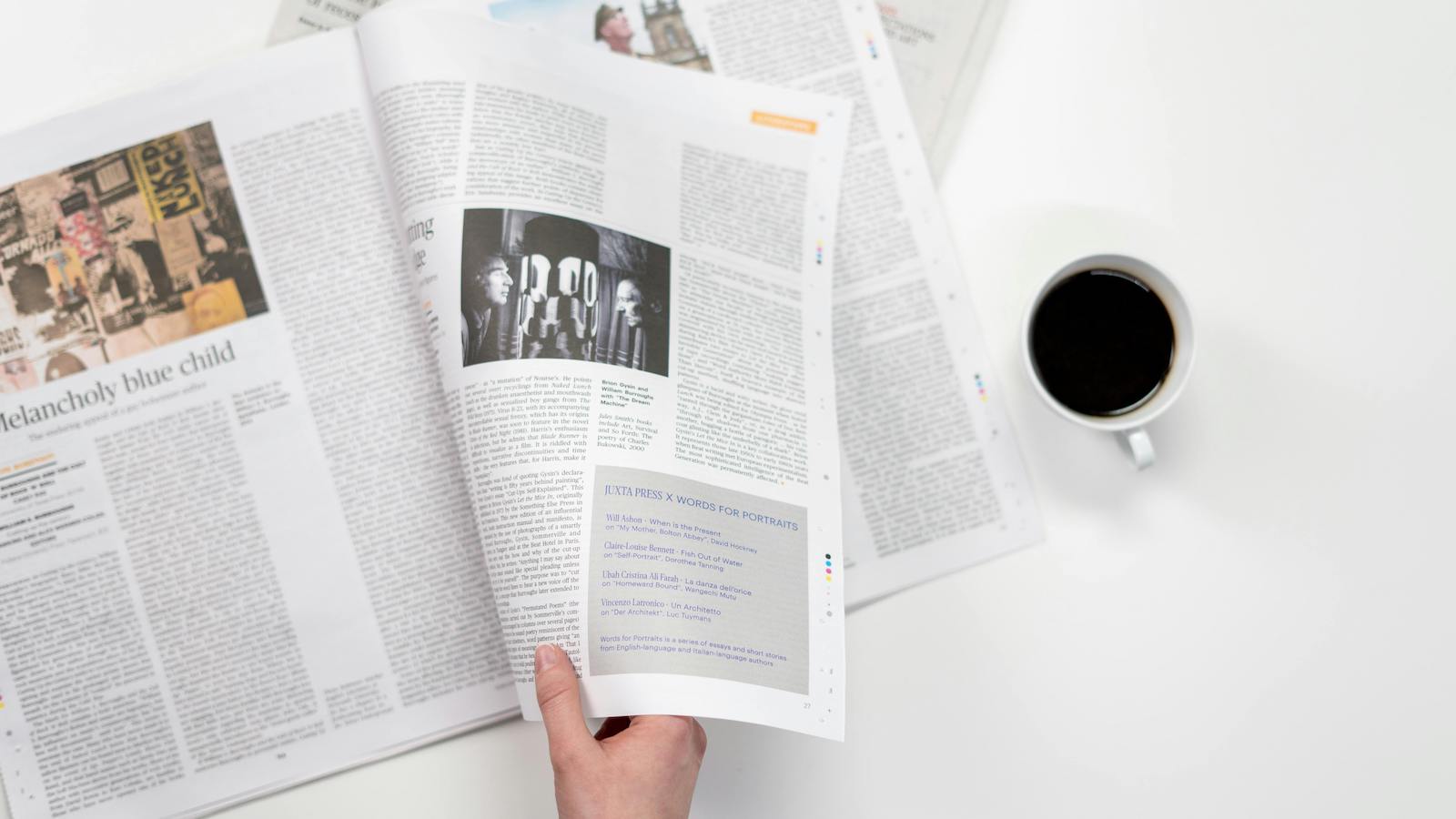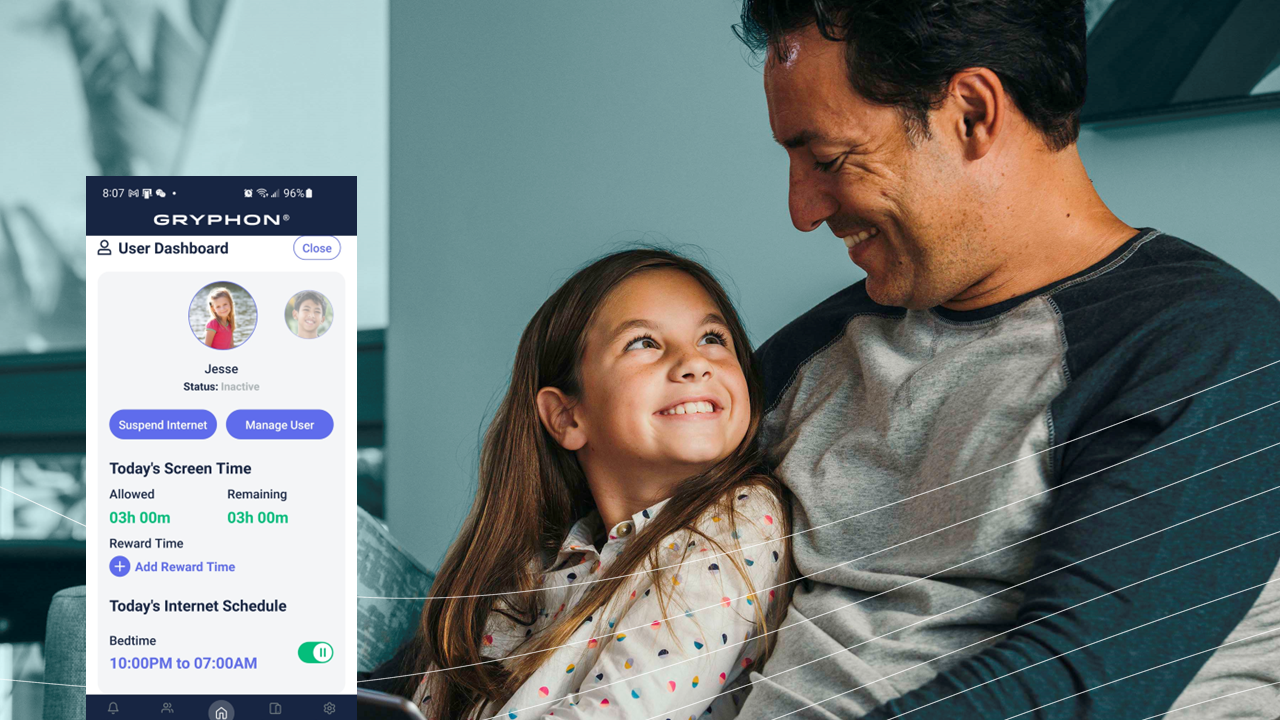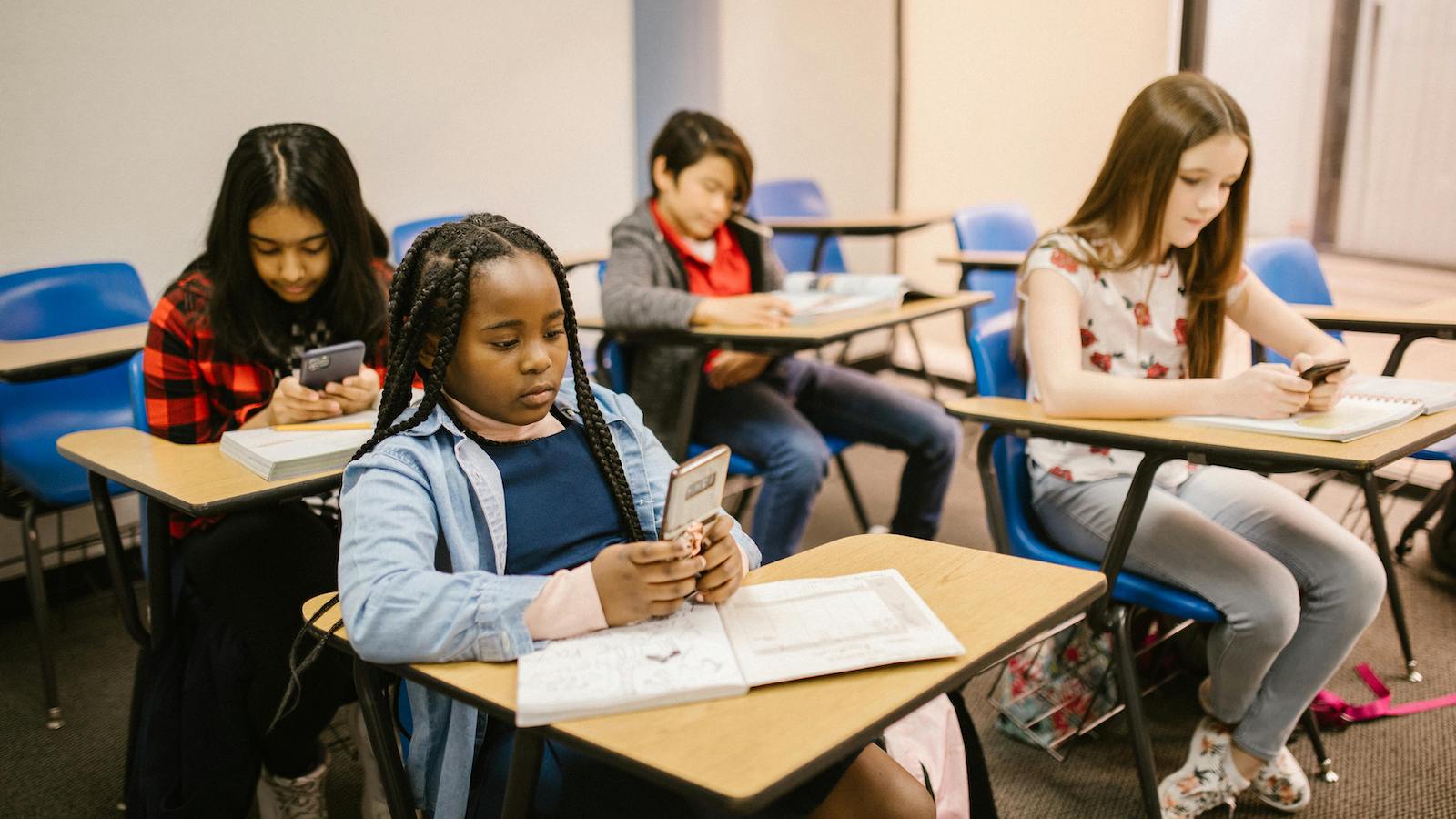In an era where information is abundant and digital platforms are pervasive, children are constantly exposed to a mix of real news, fake news, and everything in between. As parents, one of the most valuable lessons we can impart is teaching our children how to critically evaluate information sources. This skill not only aids in their academic growth but also in developing informed, discerning individuals. Here’s how you can guide your child in differentiating between credible sources and misinformation.
Understanding the Landscape
Fake news and misinformation can be designed to manipulate emotions, push agendas, or simply generate clicks. It's crucial to explain to your child that not everything they read online is true, and some information might be intentionally misleading.
Start with the Basics
-
Discuss the Concept of Bias: Begin by explaining that every news source may have its own perspective or bias. Teach your child to recognize these biases by comparing how different outlets report the same story.
-
Check the Source: Encourage your child to always look at where the information is coming from. Teach them to identify reputable news organizations that have standards for accuracy and accountability.
-
Look for Evidence: Show your child how to find evidence supporting the claims made in a news story. Reliable information is usually backed by facts, data, and sources that can be verified.
Developing Critical Thinking Skills
-
Ask Questions: Teach your child to ask critical questions about the information they encounter, such as “Who is the author?”, “What is the purpose of this information?”, and “Are there other sources that confirm this story?”
-
Understand the Role of Headlines: Explain how headlines are designed to grab attention, and they may not always fully represent the content of the article. Encourage your child to read beyond headlines before forming opinions.
-
Recognize Sensationalism: Help your child identify sensationalist content that aims to provoke strong emotional reactions rather than inform. Discuss the difference between opinion pieces and factual reporting.
Practical Exercises
-
Compare Sources: Engage in activities where you and your child compare how different news outlets report on the same event. This can help highlight differences in reporting styles, reliability, and potential biases.
-
Fact-Checking Together: Use fact-checking websites to verify the credibility of news stories. This can be a fun and educational activity that reinforces the importance of verification.
-
Create a Trusted List: Help your child create a list of trusted news sources. This list can be a go-to resource for them when they're looking for information or want to check the credibility of a story they've found elsewhere.
Encourage Open Dialogue
Maintain an open line of communication with your child about what they're reading and encountering online. Discuss current events together and use these opportunities to practice critical evaluation of news sources. Encouraging curiosity and questioning is key to developing independent thinkers.
Cultivating Critical Digital Literacy
Teaching your child to navigate the complex landscape of digital information is crucial in today’s world. By equipping them with the tools to differentiate between real and fake news, you’re not just enhancing their media literacy but also fostering critical thinking skills that will serve them throughout their lives. Remember, the goal is to guide, not shield. Encouraging exploration within a framework of critical evaluation empowers children to make informed decisions and become responsible digital citizens.




